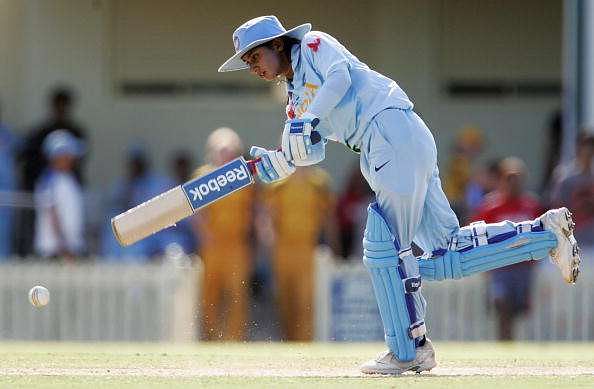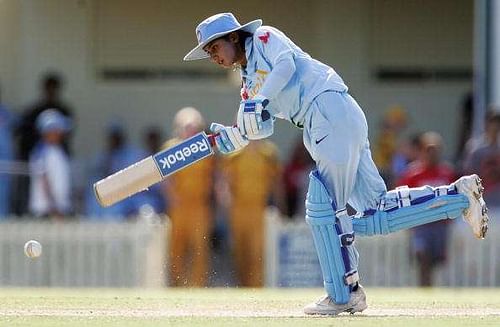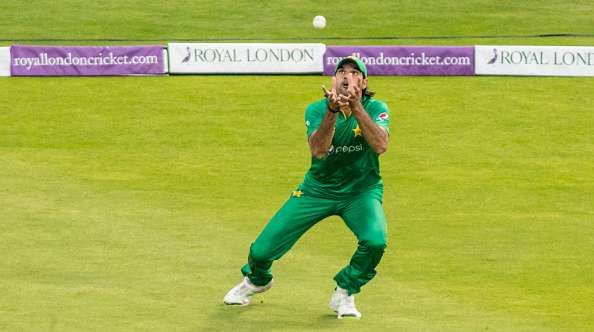
Technique and rigour: The building blocks for success in cricket
Technical expertise is a vital component of success in the pursuit of excellence; more so in the life of a sports person. The access to these technical insights at a very early stage of an individual’s growth is critical to an athlete ascending to the pinnacle of his/her prowess.
Mithali Raj is one such person that I can recall. I have had the good fortune of spending time with Mithali and her family in her formative years into, what is now, a glittering a career and I vividly recollect how her father used to sit and discuss with her the technical aspects of the game. Not to be left behind, her mother would make sure that she did all her follow-up work at home.
The likes of shadow practice, visualization, maintaining a diary and such small drills that needed to be attended to at home was taken care of by her mother. Raj’s parents also made sure that she was bestowed with a sound and passionate coach, who left no stone unturned in her effort to excel. In short, she was well shepherded.
Another champion in the making
This seems to also be the case of the recent sporting moment that captivated an entire nation. PV Sindhu had millions riveted to their seats in an awe-inspiring display of electrifying badminton. The calibre of those rallies and points were so high that it left one wanting for more, which only suggest that a lot to has gone into the making of a champion.
Once again I have had the good fortune of knowing PV Ramana, although not to the extent that I know the Rajs. We trained together at the same venue (South Central Railway ground at Maredpally). We initially used to have our Indian Railway camps there, also used to have our inter-railway, inter-state and national championships conducted there at times, and hence I happened to get acquainted to him as he used to come for his volley ball training. Ramana was not only a very fine, hard-working volleyball player but an extremely genial human being. It is little wonder that his daughter has turned out to be so.
I picked up one handy ‘trick of the trade’ from Ramana, which was of immense benefit to me in my later playing years. As one aged it would take that much longer for our bodies to warm-up and so if one needed a quick-fix then applying balm or heat generating sprays around your joints enabled one to get into the desired mobility that much quicker. Literacy in terms of one’s body is also a part of one’s success; especially the ability to tune your body and enable it to peak at the right moment is a critical factor.
Returning to the theme of technical expertise, them being administered at an early phase is paramount to scaling great heights; of course, along with it a lot of other factors play a pivotal role; lest we forget! (We could probably discuss those on another day).
The technicalities of fielding and catching
Cricket is a highly skilled sport and technical mastery can take one a long way, so as to ensure a fairly extended stint as a sportsperson; way beyond one’s youthful years. Cricket is a vast subject, covering a lot of aspects. One such aspect is fielding, which has gained a lot of prominence in the ultra-modern age of T20. The old adage ‘Catches win Matches’ is the first thing that gets drilled into as a beginner. It rings true even to this day.
While discussing catching and its technicalities, first on the list would be the very act of ‘catching’ a cricket ball. I for one always believed that most of the ball needs to sit in one hand (whichever one’s stronger hand was) in the webbing and the other hand needs to nicely cup around it. I am not a great advocate of the locking of the two little fingers and then having the ball lodge in both hands. This, in my opinion, hinders our movement with regards to the range of catching the ball and in some cases could also expose us to risk of injury to the little finger.
Coming to the position of the hands, now it is the norm that if it is below chest the fingers would be pointing more towards the ground and above chest towards the sky but never pointing in the direction of the catch (as this would leave us susceptible to injury). I have found this to be the most efficient. However in this time and age a few alternative techniques have also surfaced. Mostly for the evolved elite, as they have at their disposal the wisdom of discretion; the ability to know when to use what. So let us leave it at that.
Also read: 5 catches that were faster than the blink of an eye
Next would come the very act of receiving the ball. This is something that does not get drilled into as much as it should in the coaching camps. When we are expected to catch a cricket ball travelling at the speed of knots, it is highly pertinent that the ‘Receiving’ technique gets drilled in early on, failing which we are going to be left with stinging and sore hands; a great deterrent to the progress of a student.
‘Receiving the ball’ would primarily mean giving room for our elbows to work. In other words, extending our hands towards the ball in order to catch it and bring it to a rest; letting the ball nestle into your hands. If we do not give room for the elbow to work, then we will be crammed for space, unable to cushion the ball.
Next and equally instrumental in being able to receive the ball well is a good base. Once the base is in place receiving will be felicitated to a great extent. A strong base lends a lot of stability, thereby ensuring that you are well balanced even when the ball moves and swerves in the air. Emphasizing this is paramount.
Then there are the few key points of keeping the head as stable as possible, watching the ball from the point of origin, through its flight and into the hand. This needs to be religiously practiced as we generally tend to watch it through the air but seldom do we pick it up from the bat and very rarely do we watch it into the hands.
And of course last but not the least there is the adage ‘practice makes perfect’. When it comes to success there is no substitute for hard work. Well monitored and regimented practice sessions are necessary if one needs to turn out into an outstanding and consistent fielder.
Talking of practice & catching, one effective method of imparting sound catching skills to youngsters is ‘vision drills’. This approach involves balls of different colours, patterns, shapes and sizes. On the face it vision drills look innocuous on a physical level, however, it works a great deal on a molecular level requiring a lot of mental energy in order to co-ordinate & focus on the different colours, patterns shapes and sizes.
Vision Drills not only helps in developing coordination but also in developing reflexes and concentration that are required in order to develop into a good fielder.
Another effective method of enhancing catching skills is rapid catching; ideally, 15-20 tennis balls are struck at a rapid rate with a tennis racquet. Later on, one could progress to leather balls. However, the tennis balls ensure that the student develops soft hands at an early age.
Similarly, there are quite a few drills and methods that can be employed to make practice sessions more productive.
In short, practice sessions need to be of high quality and well monitored.
Structured practice needs to become the norm in our country rather than an exception. As of now a fortunate few in our country have access to it. Things are starting to change for good in our country, however, a lot needs to be done at the grassroots level for India to become a sporting powerhouse.
Mamatha Maben is a former captain of the Indian Women's Cricket team. She has been a journalist and has had successful stints as coach of the national women's teams of Bangladesh and China. She is currently the Chief Coach at RXCA and also assists at the KSCA academy.

